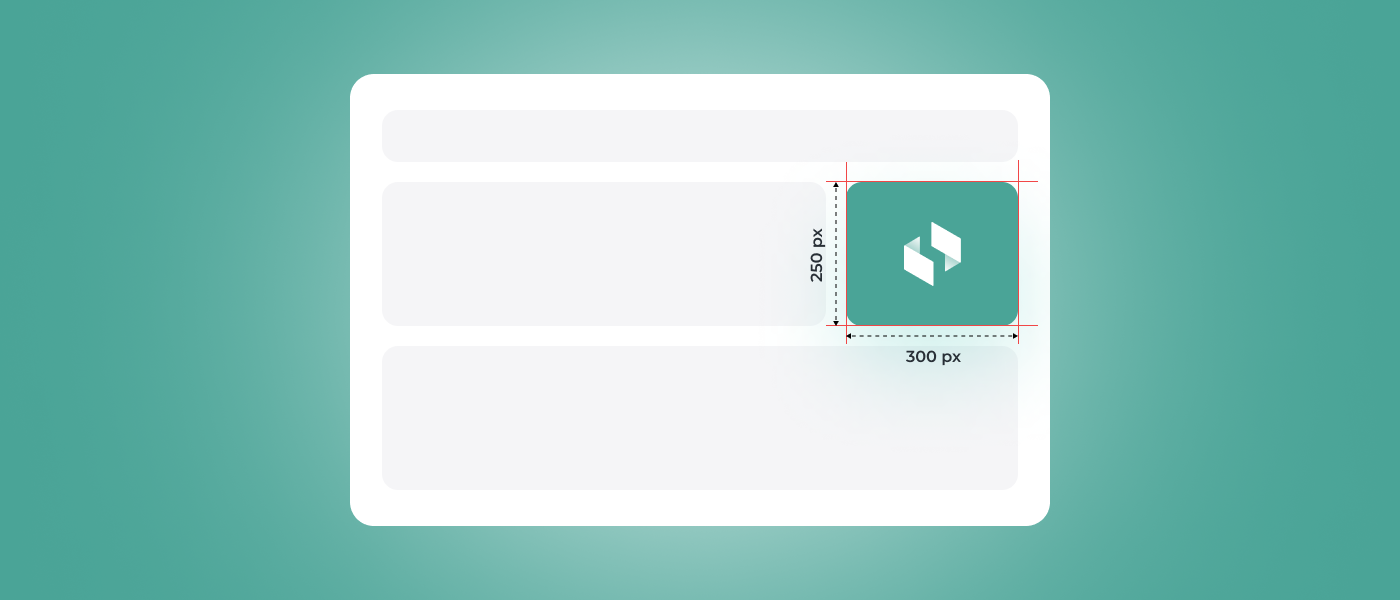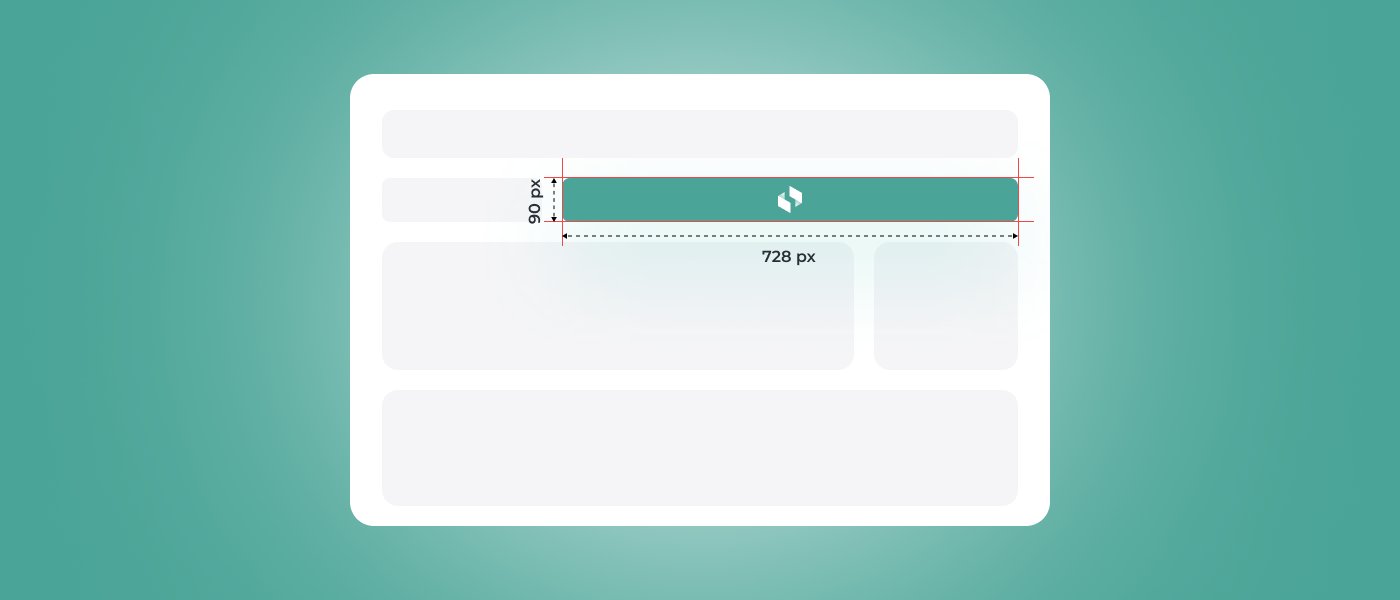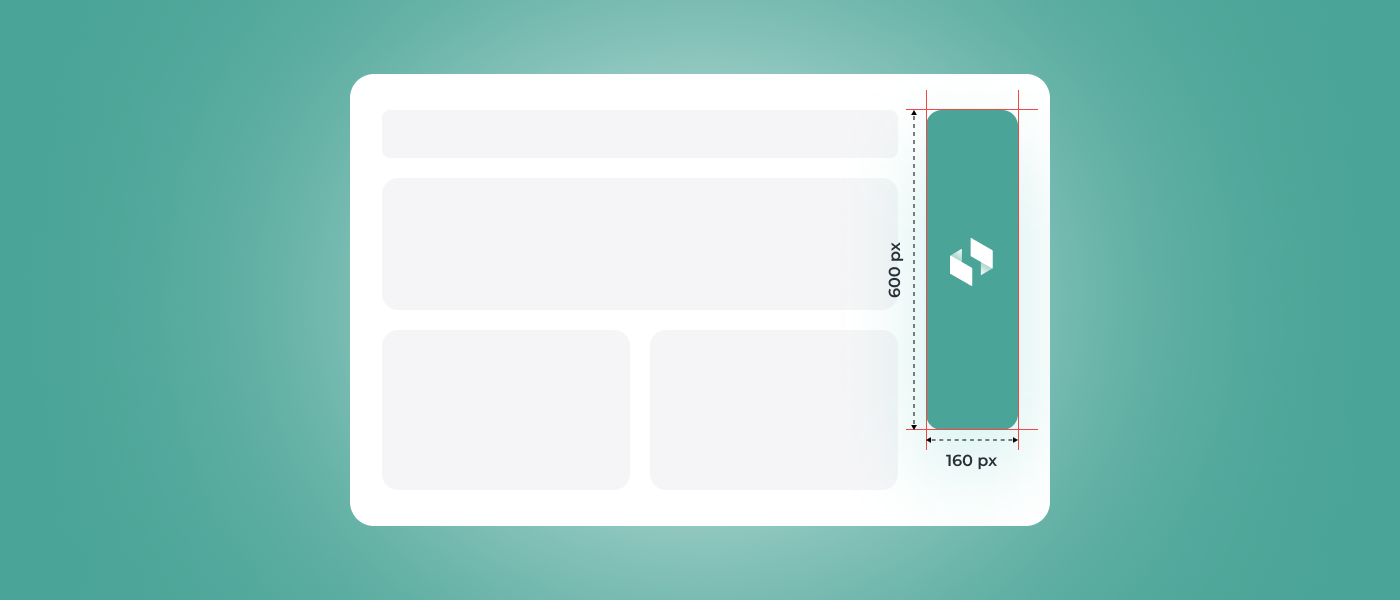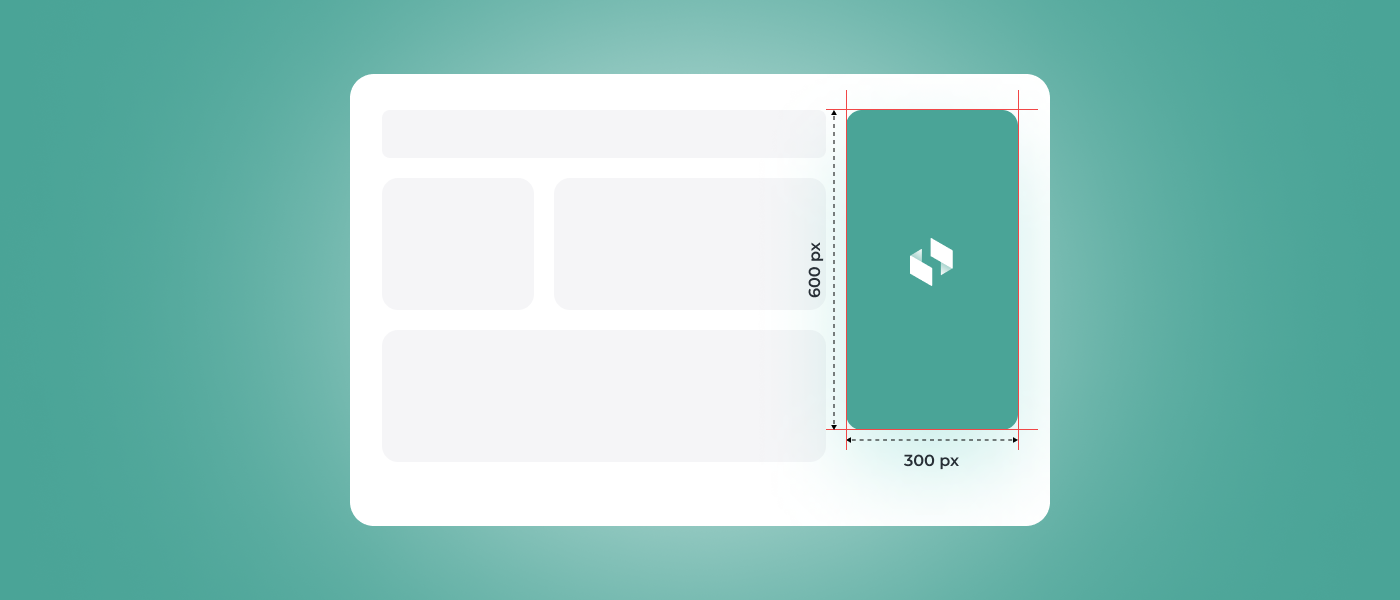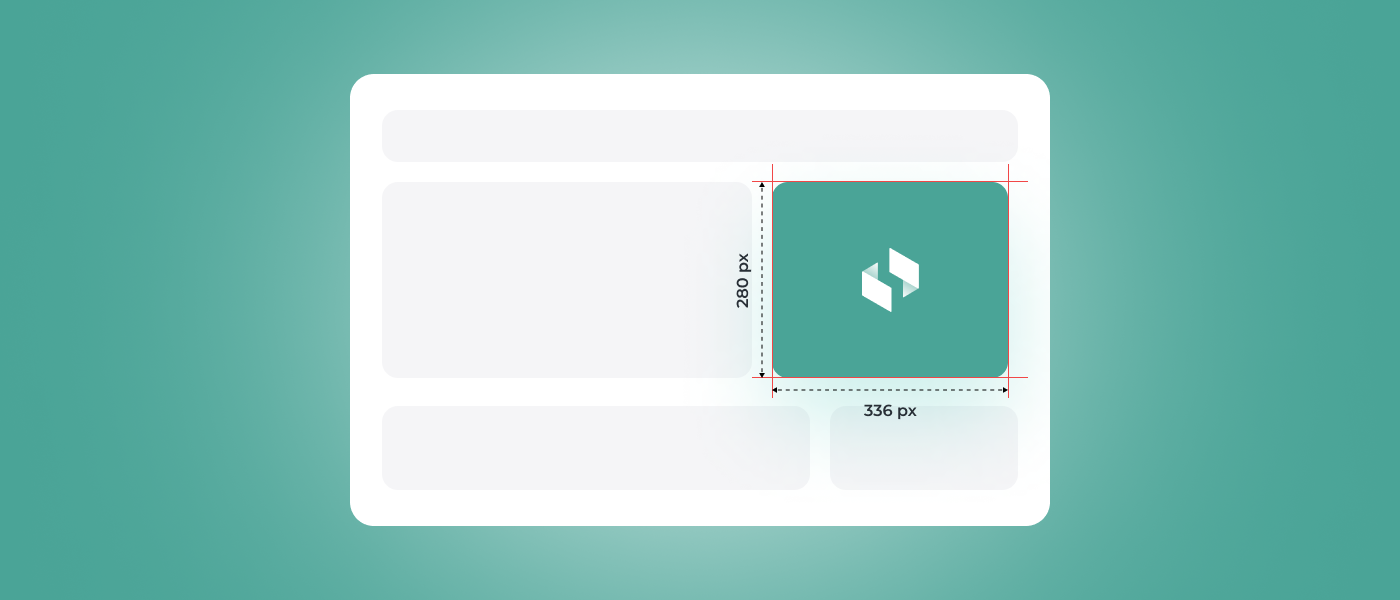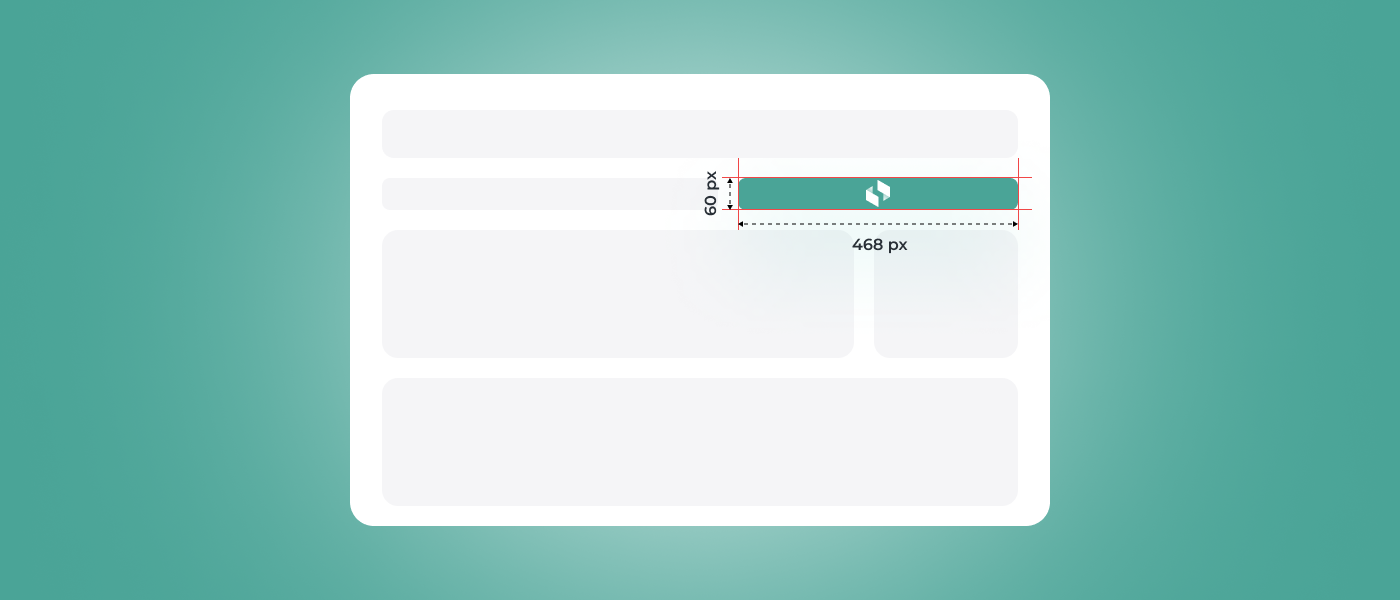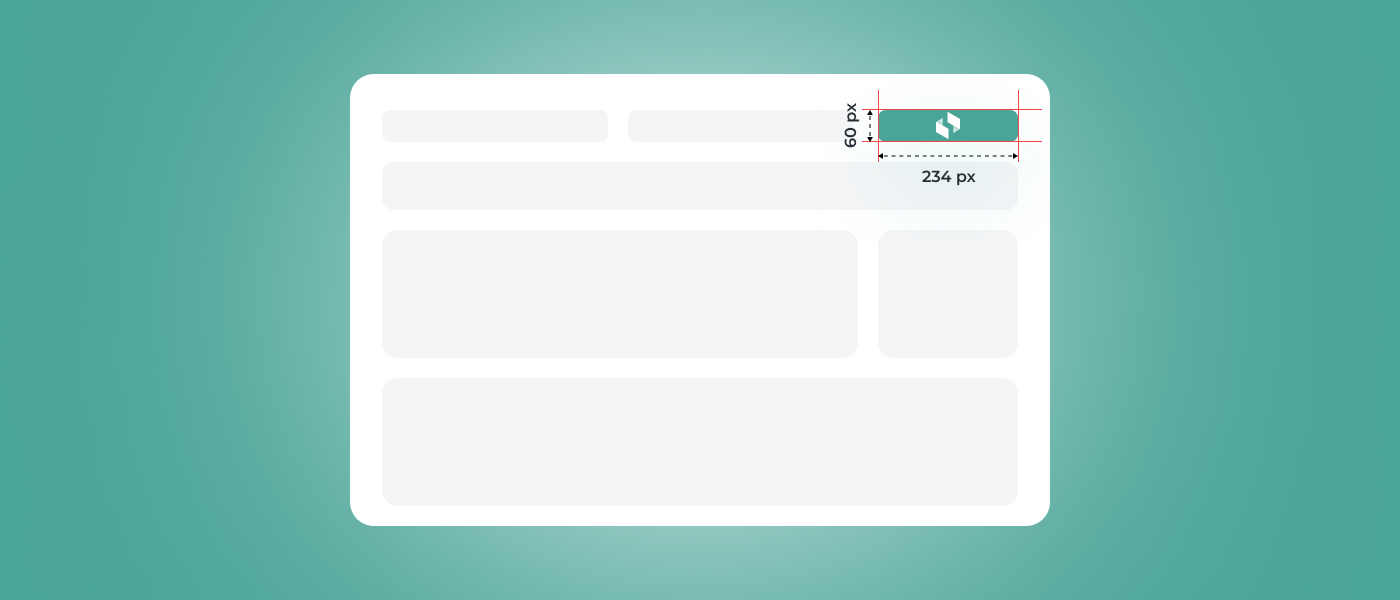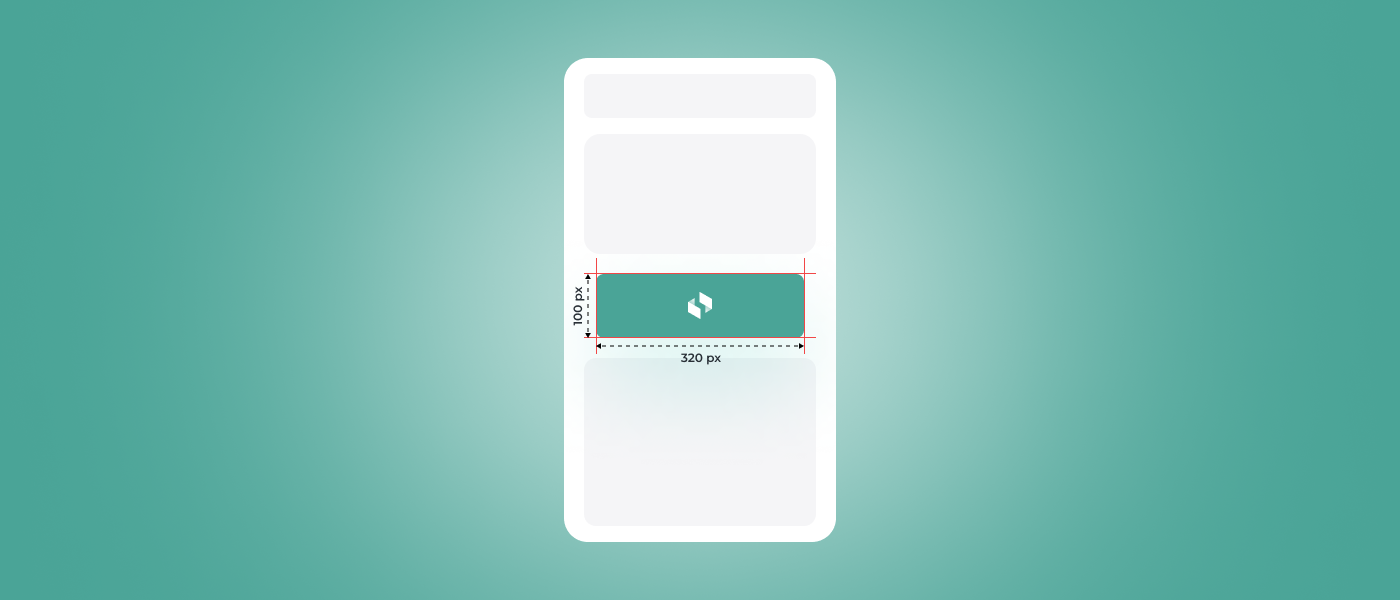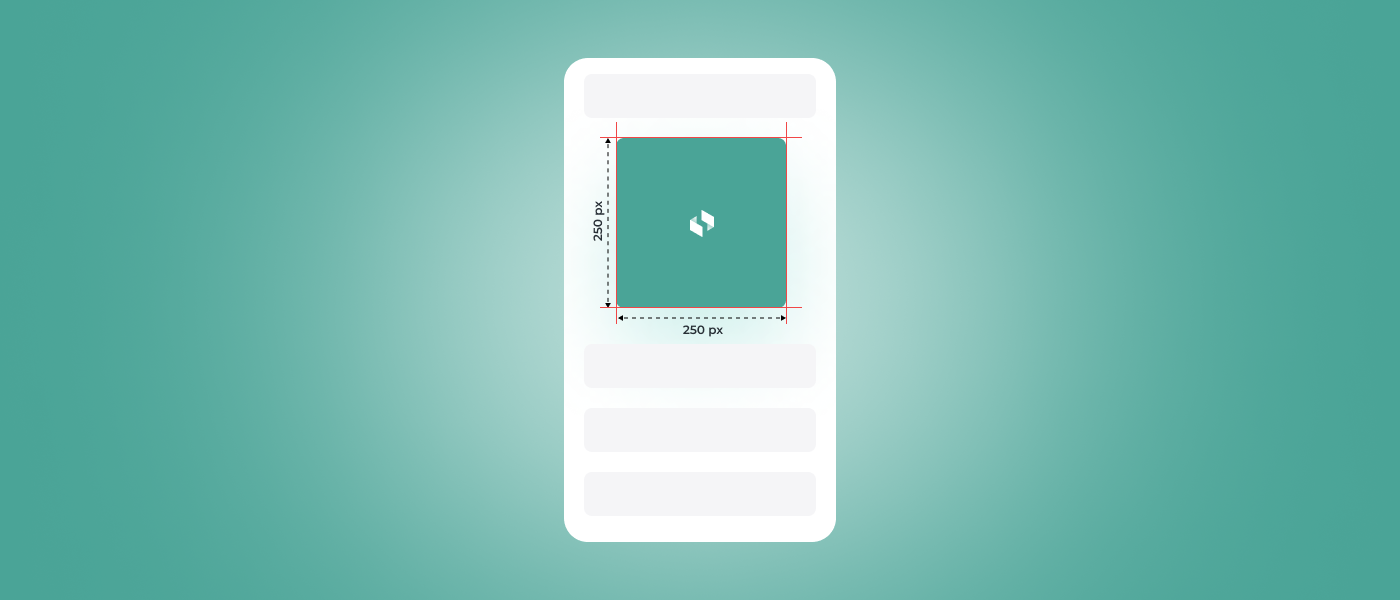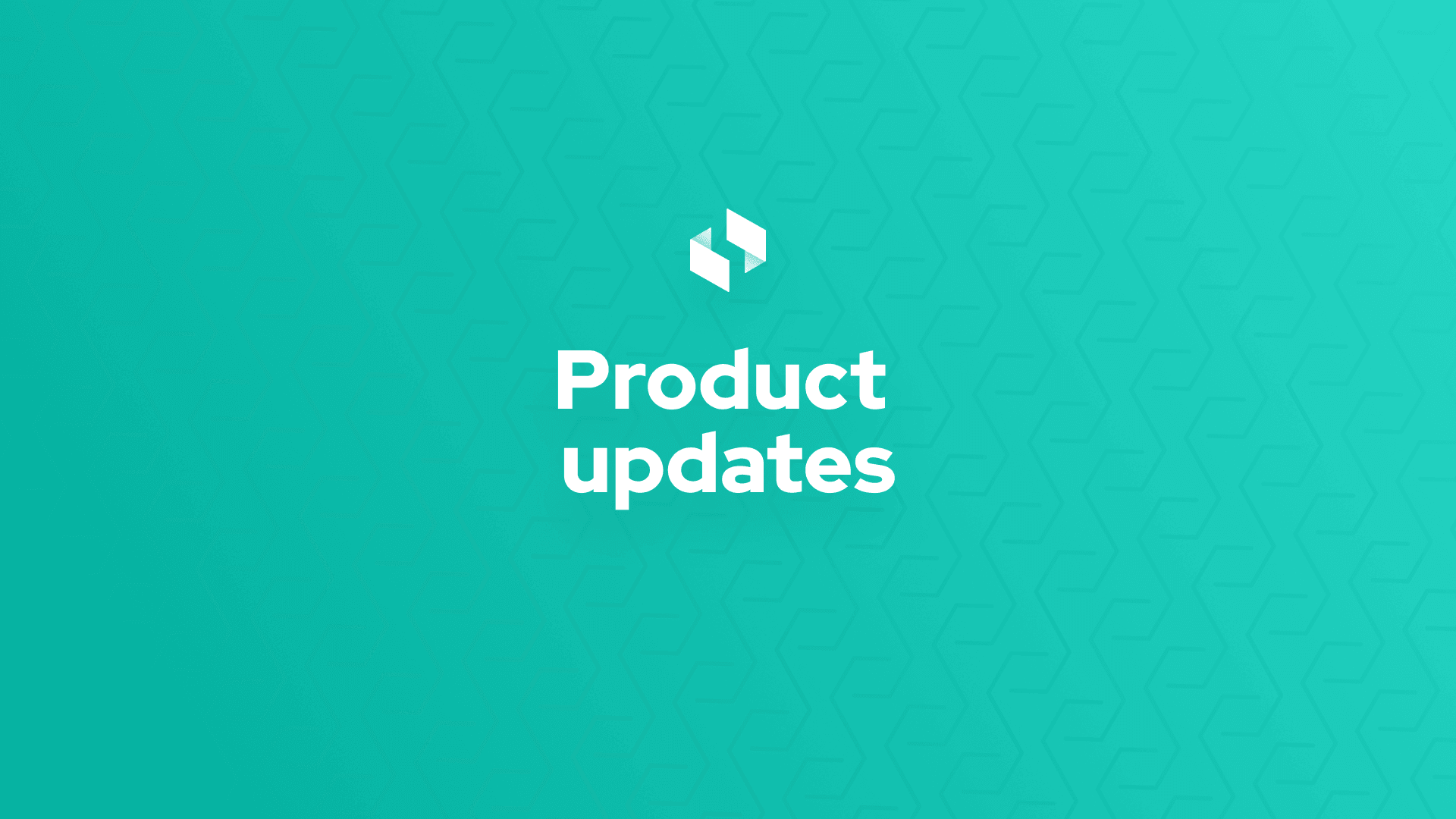Introduction: The Crucial Role of Banner Ad Sizes in Digital Advertising
In the dynamic world of digital marketing, banner ads play a pivotal role in driving engagement and enhancing visibility. However, their effectiveness isn’t solely dependent on the creative design or compelling copy; the size of the banner ad significantly impacts their performance. Selecting the right banner ad size is not just a technical detail; it’s a strategic decision that can amplify your marketing results.
This blog aims to guide you through the intricacies of banner ad sizes and dimensions. We will explore the standard and mobile banner sizes, delve into the most popular ad sizes, and share best practices in design and placement. Whether you’re a seasoned marketer or just starting, understanding these essentials is key to crafting successful digital campaigns. We have done much research in the past on banner ad sizes, starting in 2017. After doing research in 2019 and 2020, we decided to create one, final ultimate guide for banner ad sizes. Let’s dive in and unlock the full potential of banner ads in your marketing strategy.
Understanding Banner Ad Sizes
Banner ad size selection is more than just fitting an ad into a designated space; it’s about maximizing impact and engagement. A banner’s dimensions can significantly influence how it’s perceived and interacted with by the audience. The Interactive Advertising Bureau (IAB), a leading organization in the digital advertising industry, has developed standardized guidelines for banner ad sizes. These guidelines are designed to ensure consistency and effectiveness across different platforms and networks, including the widely-used Google Display Network (GDN).
By adhering to these standards, advertisers can create banners that are more likely to be accepted and displayed correctly across various websites and platforms. This consistency not only aids in the technical aspects of ad delivery but also helps maintain a uniform user experience. In the following sections, we will explore these standard sizes in detail, offering insights into how and why they are used in today’s digital advertising landscape.
Standard Banner Ad Sizes
Navigating the world of standard banner sizes can be daunting, but understanding these dimensions is crucial for effective digital advertising. Here’s a breakdown of some of the most common web banner sizes, along with their usage statistics:
- Medium Rectangle (300×250): Dominating with a 40% global frequency, this size is a staple in digital campaigns. It’s versatile enough to fit in most layout designs and is effective on both mobile and desktop platforms.


- Leaderboard (728×90): Holding 25% of the ad market, this horizontal banner is typically found at the top of web pages. It’s a prominent choice for capturing user attention upon website entry.

- Wide Skyscraper (160×600): With 12% global usage, this vertical banner is often placed alongside web content, making it a strong choice for sidebars.

- Half Page (300×600): Though less common at 5%, this larger format offers ample space for engaging content and is frequently used for more visually-driven advertising.

- Billboard (970×250): Making up 1% of ads, this large, horizontal format is ideal for high-impact, attention-grabbing campaigns.

- Additional Sizes: Including the Large Rectangle (336×280), Banner (468×60), Half Banner (234×60), and others, each having less than 1% frequency but offering specific advantages in certain layouts or content strategies.



Each of these sizes serves a distinct purpose, catering to various placement strategies and user engagement levels. By choosing the right size for your campaign, you can ensure that your ad is not just seen, but also effectively interacts with your target audience.
Mobile Banner Ad Sizes
In an era where mobile usage surpasses desktop browsing, understanding mobile banner sizes is crucial for effective digital advertising. Here are some key mobile banner sizes:
- Mobile Leaderboard (320×50): Capturing 12% of global ad inventory, this size is the most popular for mobile advertising. It’s typically displayed at the top or bottom of mobile sites and apps, offering a balance of visibility and user experience.

- Mobile Full Page Flex (320×320): Though less common, this square format can be particularly impactful for full-page mobile ads, occupying a significant portion of the screen.

- Large Mobile Banner (320×100): Slightly taller than the Mobile Leaderboard, this format offers more space for messaging without being too intrusive.

- Square (250×250): Also used in desktop advertising, this size is versatile for both mobile and desktop, though it’s less common in mobile inventory.

These sizes reflect the evolving nature of user interaction with mobile devices. The focus is on balancing ad visibility with user experience, ensuring that ads are effective without being obtrusive. As mobile continues to dominate internet traffic, these banner sizes will play a critical role in digital advertising strategies.
Most Popular Banner Ad Sizes
In the realm of digital advertising, some banner sizes have proven to be more effective than others, dominating the market. Here’s an overview of the most popular ad sizes:
- 300×250 Medium Rectangle: This size accounts for 40% of global ad impressions. Its versatility for both desktop and mobile platforms makes it a top choice for advertisers.
- 728×90 Leaderboard: With 25% of global ad impressions, this horizontal format is ideal for capturing user attention at the top of web pages.
- 320×50 Mobile Leaderboard: As the most widely used mobile ad format, it represents 12% of global ad inventory. This size is optimal for mobile browsing and in-app advertising.
- 160×600 Wide Skyscraper: Also making up 12% of the global inventory, this vertical banner is commonly used in website sidebars.
These four sizes combined represent 89% of all ad impressions, making them crucial for any digital advertising campaign. Focusing on these dimensions ensures broad coverage and efficiency in reaching target audiences across various platforms.
Here’s a table of the most popular banner ad sizes, including their names, dimensions, and market share:
| Name | Dimensions (Width x Height in Pixels) | Market Share |
|---|---|---|
| Medium Rectangle | 300 x 250 | 40% |
| Leaderboard | 728 x 90 | 25% |
| Mobile Leaderboard | 320 x 50 | 12% |
| Wide Skyscraper | 160 x 600 | 12% |
| Half Page | 300 x 600 | 5% |
| Billboard | 970 x 250 | 1% |
| Large Rectangle | 336 x 280 | <1% |
| Banner | 468 x 60 | <1% |
| Half Banner | 234 x 60 | <1% |
| Skyscraper | 120 x 600 | <1% |
| Vertical Banner | 120 x 240 | <1% |
| Portrait | 300 x 1050 | <1% |
| Large Leaderboard | 970 x 90 | <1% |
| Square | 250 x 250 | <1% |
| Small Square | 200 x 200 | <1% |
| Small Rectangle | 180 x 150 | <1% |
| Button | 125 x 125 | <1% |
This table provides a comprehensive view of the most common banner sizes used in digital advertising, along with their relative market share, helping advertisers to make informed decisions on which sizes to prioritize in their campaigns.
Banner Ad Size Focus: In-depth Look
Let’s delve deeper into the specifics of the most popular banner sizes:
Medium Rectangle (300×250)
- Usage: Most common in digital campaigns, ideal for both desktop and mobile.
- Placement: Often embedded within text content or at the end of articles, offering less intrusion and higher engagement.
Leaderboard (728×90)
- Usage: Second most popular, perfect for capturing immediate attention.
- Placement: Primarily positioned at the top of web pages, sometimes at the bottom, to maximize visibility upon page entry.
Mobile Leaderboard (320×50)
- Usage: Predominant in mobile advertising, both in browsers and apps.
- Placement: Typically displayed at the top or bottom of mobile sites and apps, balancing visibility and user experience.
Wide Skyscraper (160×600)
- Usage: Commonly used for sidebars on desktop websites, making it a staple for vertical ad space.
- Placement: Often found alongside content on web pages, particularly in sidebars, to capture attention without disrupting the main content flow.
Each of these sizes caters to specific aspects of user engagement and content layout, making them integral to a well-rounded digital advertising strategy.
Strategic Placement of Banner Ads
The strategic placement of banners is as important as their design. Here’s how you can maximize their effectiveness:
- Above the Fold: Banners like the 728×90 Leaderboard are more effective when placed at the top of the page, where they are immediately visible without scrolling.
- Within Content: The 300×250 Medium Rectangle works well when embedded in content, as it captures attention without being too disruptive.
- Sidebar Placement: The 160×600 Wide Skyscraper is ideal for sidebars, providing visibility alongside content on desktop websites.
Remember, the key is to balance visibility with user experience to ensure banners are effective without being intrusive.
Conclusion
In conclusion, understanding and utilizing the right banner sizes and dimensions is crucial for the success of digital advertising campaigns. By focusing on the most popular sizes – the Medium Rectangle, Leaderboard, Mobile Leaderboard, and Wide Skyscraper – advertisers can cover a significant portion of global ad inventory. It’s important to design banners with clarity, appeal, and effective CTAs, and to place them strategically to maximize visibility and engagement. As mobile continues to dominate internet traffic, optimizing for mobile is essential. Following these guidelines will help in creating impactful digital advertising campaigns.

Jorrit
Founder Adpiler
